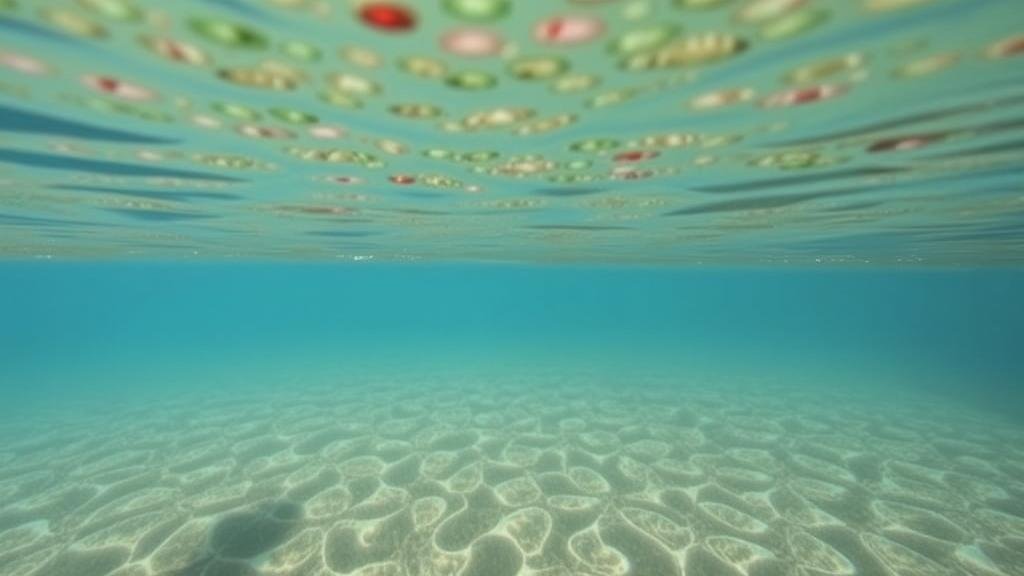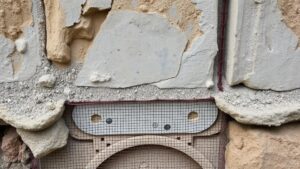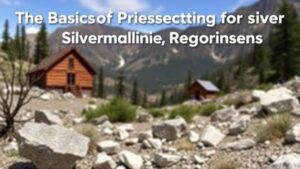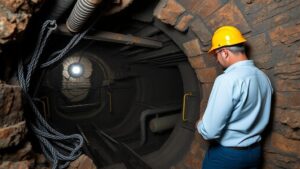Techniques for Detecting Hidden Pay Streaks Beneath River Sandbars
Techniques for Detecting Hidden Pay Streaks Beneath River Sandbars
The study of river dynamics and sediment transport has critical implications for various fields, including geology, mining, and environmental management. One particular aspect of this research is the detection of hidden pay streaks beneath river sandbars, which can contain valuable mineral deposits. This article explores several techniques employed in the detection of these elusive deposits, drawing on industry-standard methods and recent case studies to illustrate their effectiveness.
Understanding Pay Streaks
Pay streaks refer to concentrations of valuable materials and can be found in river sediments. e can include precious metals such as gold or diamond, often deposited by the natural flow of water. To effectively locate these deposits, specific detection techniques are employed, which vary in complexity and application.
Geophysical Survey Techniques
Geophysical survey methods are widely used to detect subsurface materials without extensive excavation. Key techniques include:
- Ground Penetrating Radar (GPR): GPR utilizes radar pulses to image the subsurface. This method creates a two-dimensional profile of buried structures, allowing geologists to identify the presence of pay streaks by analyzing changes in radar reflection.
- Resistivity Surveys: This technique measures the electrical resistance of the ground. Differences in resistivity can indicate the presence of mineralized zones when compared to surrounding materials.
For example, in a study conducted on the banks of the Pebble River in Alaska, GPR successfully identified areas with potential gold deposits, guiding more focused exploration efforts.
Hydraulic Sampling
Another method for detecting hidden pay streaks is hydraulic sampling, which involves the use of water and pressurized systems to extract sediment from riverbeds. This technique allows for the collection of sediment samples that can be analyzed for precious minerals.
A notable case study occurred in the Klondike area of Canada, where hydraulically dredged samples revealed substantial gold deposits that had been previously overlooked. system maximized sediment recovery and enabled detailed analysis of layers, providing insights into historical sediment transport and deposition patterns.
Remote Sensing
Remote sensing employs satellite or aerial imagery to analyze changes in landforms and vegetation around river systems. This method can help identify potential geological features associated with pay streaks.
- Multi-spectral Imaging: Helps in identifying vegetation stress and soil moisture, indicating potential locations of mineral concentration.
- LiDAR Technology: Provides accurate topographical data that can hint at the historical behavior of river systems, making past sediment accumulation zones identifiable.
For example, a study using LiDAR data along a coastal river system revealed areas of potential mineral deposits by analyzing the topography and sediment distribution patterns.
Sample Processing and Analysis
The analysis of sediment samples is vital for confirming the presence of hidden pay streaks. Techniques such as:
- Panning: A traditional but effective method for separating gold from sand through physical means.
- Gravimetric Analysis: This laboratory method quantitatively measures the mass of materials, providing data on the concentration of minerals in the sediment.
Through these methods, findings from placed sampling helped demonstrate that certain sandbars along the Columbia River contained significantly more gold content than initially predicted.
Challenges and Considerations
While these techniques are effective, several challenges persist in the detection of hidden pay streaks:
- The precision of geophysical methods can be influenced by water saturation and mineral composition.
- Regulatory concerns and environmental impact assessments must be conducted before extensive sampling.
Plus, potential investors and explorers must weigh the cost of advanced technologies against their potential yield. Ongoing advancements in geophysical instrumentation and data analysis aim to improve accuracy and reduce costs over time.
Conclusion
Detecting hidden pay streaks beneath river sandbars is a complex yet essential task in various fields, from mining to environmental management. Utilizing a combination of geophysical surveys, hydraulic sampling, remote sensing, and thorough sample processing offers a comprehensive approach to efficiently finding and analyzing these treasure troves. By continuously improving these techniques and remaining aware of the challenges involved, researchers and practitioners can enhance their efficacy in mineral detection beneath river sediments.
For practitioners in the field, it is recommended to stay abreast of technological advancements and collaborate with geophysical experts to implement the most effective detection strategies. Ultimately, the integration of multidisciplinary techniques can lead to more successful explorations and a better understanding of natural geologic processes.



